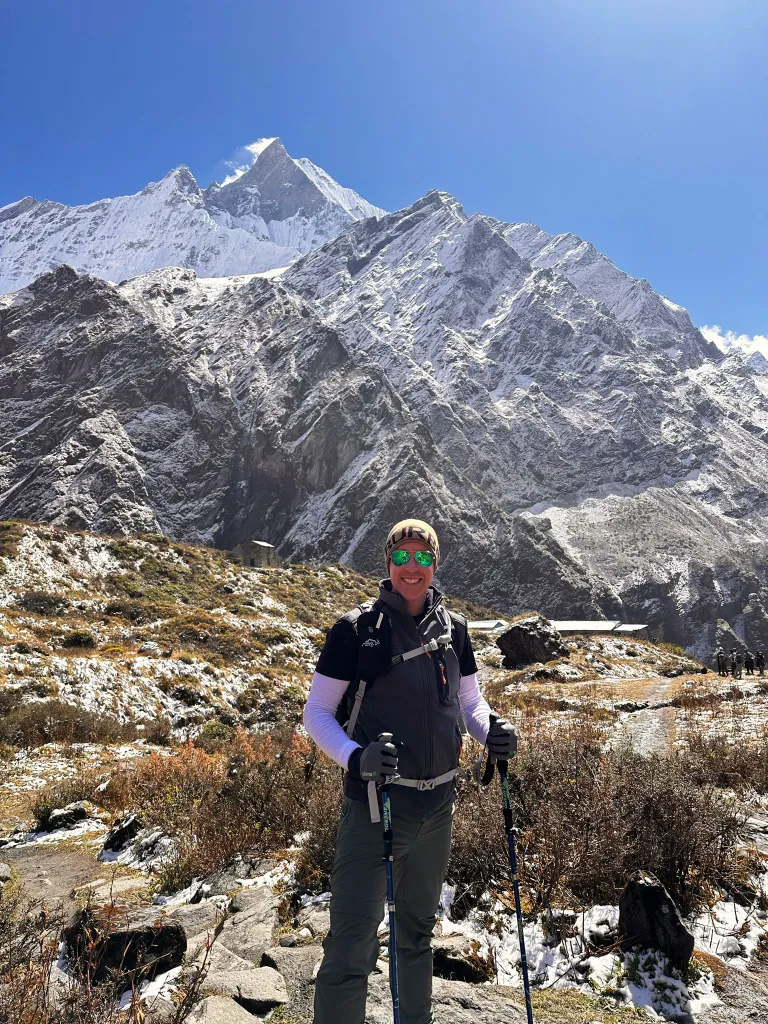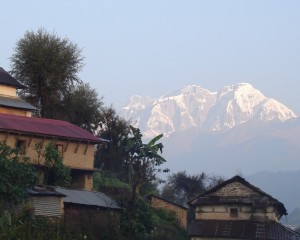Best Time to Trek to Pikey Peak
You are looking for the short and less crowded trail to enjoy the panoramic vistas of the majestic Everest itself. But what would be the best time to explore the alluring views of these towering peaks?
Pikey Peak is a journey of weaving through verdant forests, picturesque villages and serene landscapes. After passing through the rugged terrain and gaining the elevation, the rewards you get are magnificent.
If you go for the best season, your rewards will be more beautiful. So stay with us as we break down the best time to visit Pikey Peak Trek.
Overview of Pikey Peak Trek
Pikey Peak Trek is a relatively new and lesser-known trekking route in the Solukhumbu region of Nepal. This trek provides breathtaking panoramic vistas of several majestic peaks, including Mount Everest (8848.86m), Lhotse (8516m), Kanchenjunga (8586m), Makalu (8463m), Numbur (7410m), and Thamserku (6,608m). The trek is renowned for its unique cultural experiences and diverse flora and fauna.
The trek starts from Dhap (2,850m) and takes you through remote mountain villages and dense forests of rhododendron and pine. The starting point is accessible by a 7-8 hour drive from Kathmandu and does not require the Kathmandu-Lukla flight required for other treks in the Everest region.
The standard Pikey Peak Trek itinerary is 6-7 days, which reaches a maximum elevation of 4065m. The trek is considered moderately difficult, with a gentle pace and a few challenging sections. It is suitable for beginners and those with a basic level of fitness.

Highlights of the Trek
- Panoramic views of the Himalayan peaks, including Everest, Kanchenjunga, and Makalu, from Pikey Peak (4,065m)
- Close-up view of Mount Numbur, Everest, Lhotse
- Opportunity to experience the unique culture and hospitality of the Sherpa people
- Diverse flora and fauna, including lush forests of rhododendron, oak, and pine
- Visits to Buddhist monasteries, stupas, and prayer wheels along the way
Factors Influencing the Best Time to Trek to Pikey Peak
Seasonal Breakdown
Nepal's trekking seasons can be divided into four main periods: Spring, Summer/Monsoon, Autumn, and Winter. Each season offers distinct weather conditions, trail experiences, and unique advantages for trekkers. It is better to understand these differences will help you choose the best time for your Pikey Peak adventure.
Spring
Spring, right after winter, brings the whimsical charm of lush greenery to the Pikey Peak Trek. The weather is mild and pleasant, with temperatures ranging from 20-25 degrees Celsius during the day and remaining warm at night. One of the highlights of trekking during this season is the crystal-clear views of the Himalayan peaks, including Mount Everest, Lhotse, Kanchenjunga, and others.
Additionally, spring is the blooming period for rhododendrons, which fill the air with their fragrance and enhance the natural beauty of the surroundings.
However, towards the end of spring, the onset of the monsoon season can bring rainy weather and potentially muddy trail conditions. Trekkers should be prepared for possible rain showers and some deterioration in trail conditions as the season transitions into summer.
Autumn
Autumn (September to November) is another prime season for the Pikey Peak Trek, characterized by pleasant temperatures and low precipitation. During this time, daytime temperatures range from 10 to 15 degrees Celsius for comfortable trekking conditions.
On the other hand, you can witness the beautiful autumn foliage and vibrant colors. It adds a picturesque quality to the trek, and the skies are generally clear, with excellent views of the mountains.
One of the best aspects of trekking in autumn is the opportunity to immerse yourself in the cultural lifestyle of the local people. This season coincides with major festivals like Dashain, Tihar, and Dumje. It allows trekkers to experience the rich cultural heritage and vibrant traditions of the region.
However, it is a crowded time, so you should be prepared to face it. Otherwise, you can opt for early or late autumn to tackle the crowds.
Winter
Winters in the mountain region often drop below freezing, especially at night. Heavy snowfall and strong winds can make the trek more difficult and dangerous.
However, for those prepared for the harsh conditions, the Pikey Peak Trek can still be done in winter for a quieter experience with fewer crowds. The snow-covered landscapes provide a unique and beautiful backdrop for the trek. You should be well-equipped with warm clothing and proper gear.
Summer
The summer months can be hot and humid, with increased rainfall making the trails muddy and more challenging. However, the weather at higher elevations is more moderate, allowing trekkers to enjoy the stunning mountain scenery. The rain brings lush, green landscapes and a unique, misty atmosphere.
This period is considered the low season for the Pikey Peak Trek and is not recommended for trekking. You can rather go for a shadow area region like Nar Phu or Annapurna Trek to avoid slippery conditions and bring waterproof gear.
To wrap up, The best time to do the Pikey Peak Trek is during spring and autumn. In spring, you’ll enjoy mild temperatures, clear views of the Himalayas, and blooming wildflowers. Autumn offers pleasant weather, stunning mountain views, and vibrant autumn foliage, along with the chance to experience local festivals. While summer/monsoon and winter bring more challenging conditions with rain and cold, they also offer a quieter and unique trekking experience for those who are well-prepared. For expert guidance, contact Nepal Vision Treks and let us help you plan your perfect Pikey Peak adventure.

FAQS






